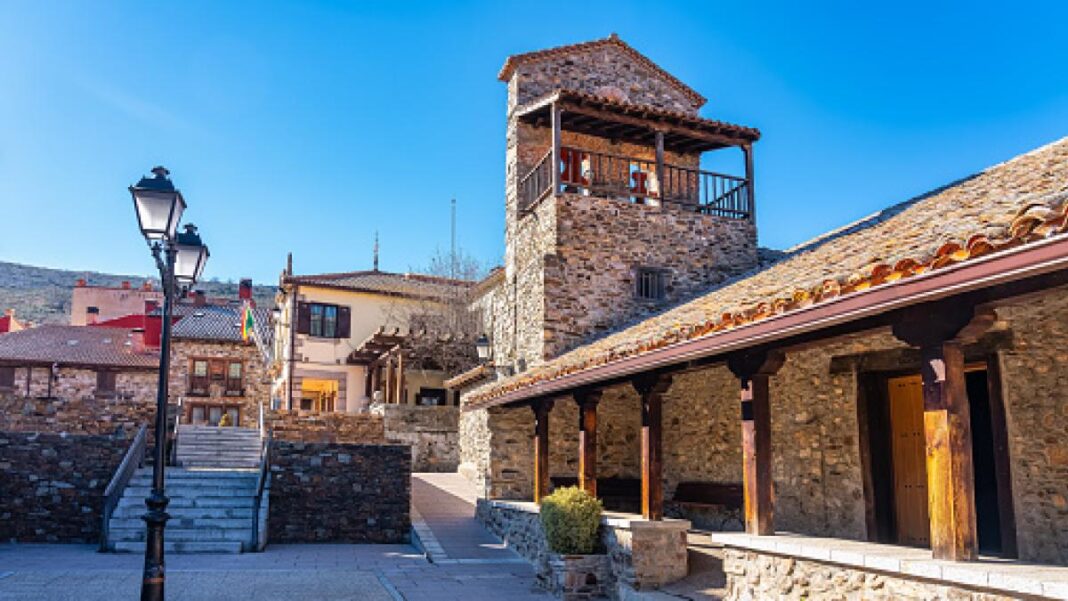BTN News: Spain’s demographic challenge is an issue of growing concern, especially as more and more rural municipalities face the prospect of disappearing. The allure of urban centers with their job opportunities and modern lifestyles continues to draw young people away from small towns, leaving these areas at risk of severe depopulation. According to the Federación Española de Municipios y Provincias (FEMP), nearly half of Spain’s municipalities are now in danger of “extinction.” The FEMP has reported that 4,995 localities currently have populations of less than a thousand people, with many of these towns witnessing a steady decline due to aging populations, low birth rates, and little to no generational renewal.
The situation is dire, as reflected in the 2016 report, “Población y despoblación en España,” presented to the FEMP’s Commission on Depopulation. Since then, the statistics have only worsened, leaving many communities on the brink of collapse. This demographic crisis is not just a loss of population but a loss of cultural heritage, local traditions, and the very fabric of rural life in Spain.
In the region of Madrid, the crisis is evident in several small municipalities that are teetering on the edge. For instance, La Acebeda, a small town that had 67 inhabitants in 2023, has seen slight growth in recent years, up from 55 residents in 2021. However, this marginal increase is not enough to reverse the trend of depopulation. Similarly, La Hiruela had just 74 residents in 2023, reflecting a slight decrease from the previous year. Madarcos, another small town, managed to grow from its lowest point of 45 residents in 2015 to 72 in 2023, yet it still faces a precarious future.
Other municipalities like Puebla de la Sierra and Robregordo have shown some signs of growth. Puebla de la Sierra, for instance, increased its population from 60 in 2018 to almost 100 in 2023, while Robregordo grew from 44 residents in 2017 to 79 in 2023. Despite these gains, the overall trend remains troubling, as these towns still hover near the threshold of sustainability. Somosierra, a town that maintained 87 residents for three consecutive years, saw a slight decline in 2023, dropping to 85 inhabitants.
In response to this growing crisis, political leaders have recognized the urgent need to address rural depopulation. The Community of Madrid, through its 2024 Territorial Rebalancing Plan, has introduced financial support aimed at municipalities in vulnerable situations—those with populations under 20,000—and particularly those at risk of depopulation with fewer than 2,500 inhabitants.
Additionally, the Ministry for Ecological Transition and the Demographic Challenge has launched the “Plan 130 Measures Against the Demographic Challenge,” aimed at improving territorial cohesion and closing the urban-rural divide. This plan targets the most affected areas with initiatives designed to foster equality of opportunity, territorial integration, and the revitalization of rural communities.
The plan is structured around ten key areas of action, each focusing on a different aspect of rural development and sustainability. These include promoting ecological transition, enhancing digital connectivity, fostering innovation and entrepreneurship in rural areas, and promoting sustainable tourism. The plan also emphasizes the importance of equal rights and opportunities, the decentralization of public services, and the promotion of social welfare and cultural activities.
The challenges facing Spain’s rural municipalities are complex and multifaceted, requiring coordinated efforts from both local and national governments. The measures being implemented are a step in the right direction, but reversing the trend of depopulation will require sustained effort, innovative solutions, and a commitment to preserving the unique identities of these small towns. As Spain grapples with this demographic challenge, the future of its rural communities hangs in the balance.


